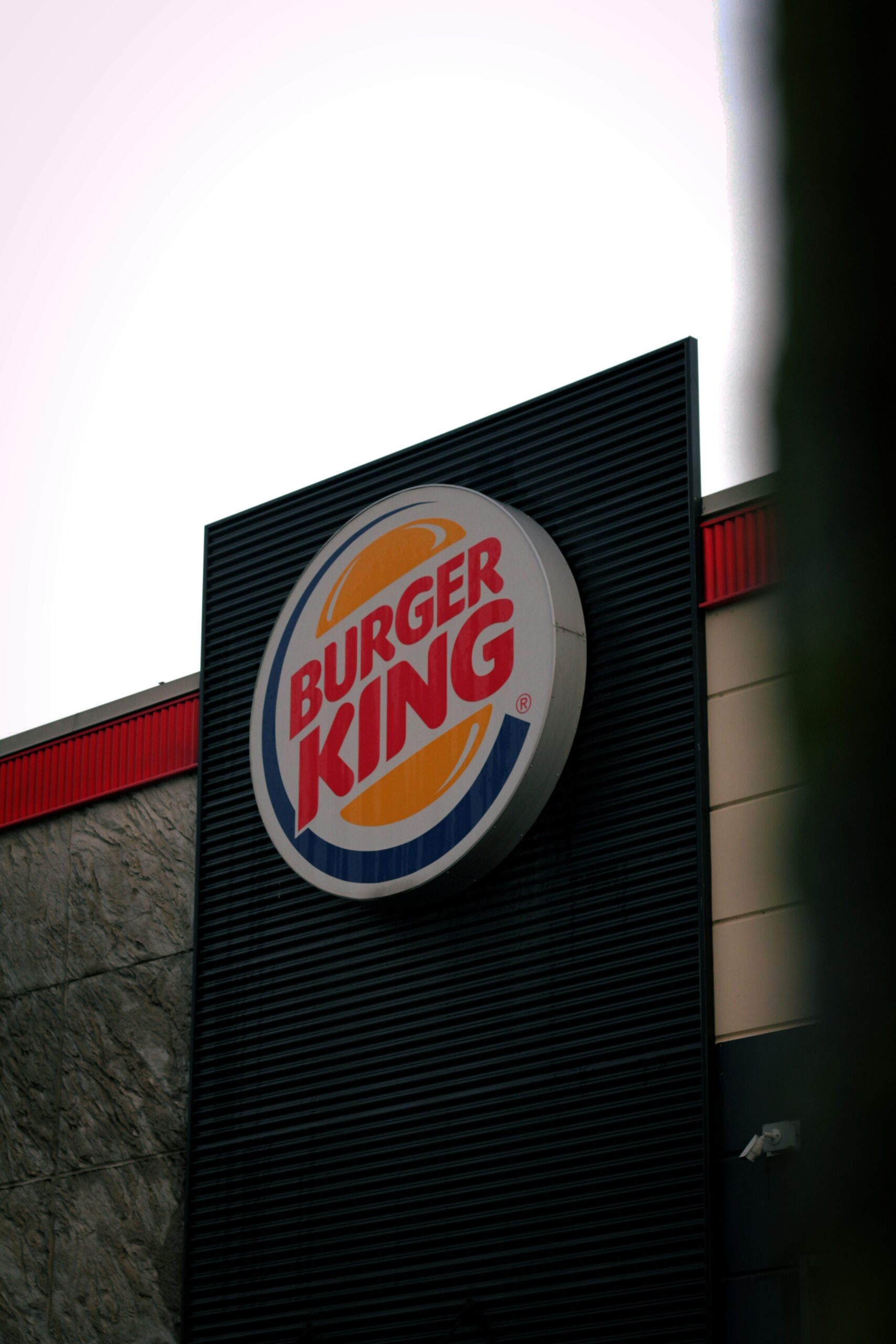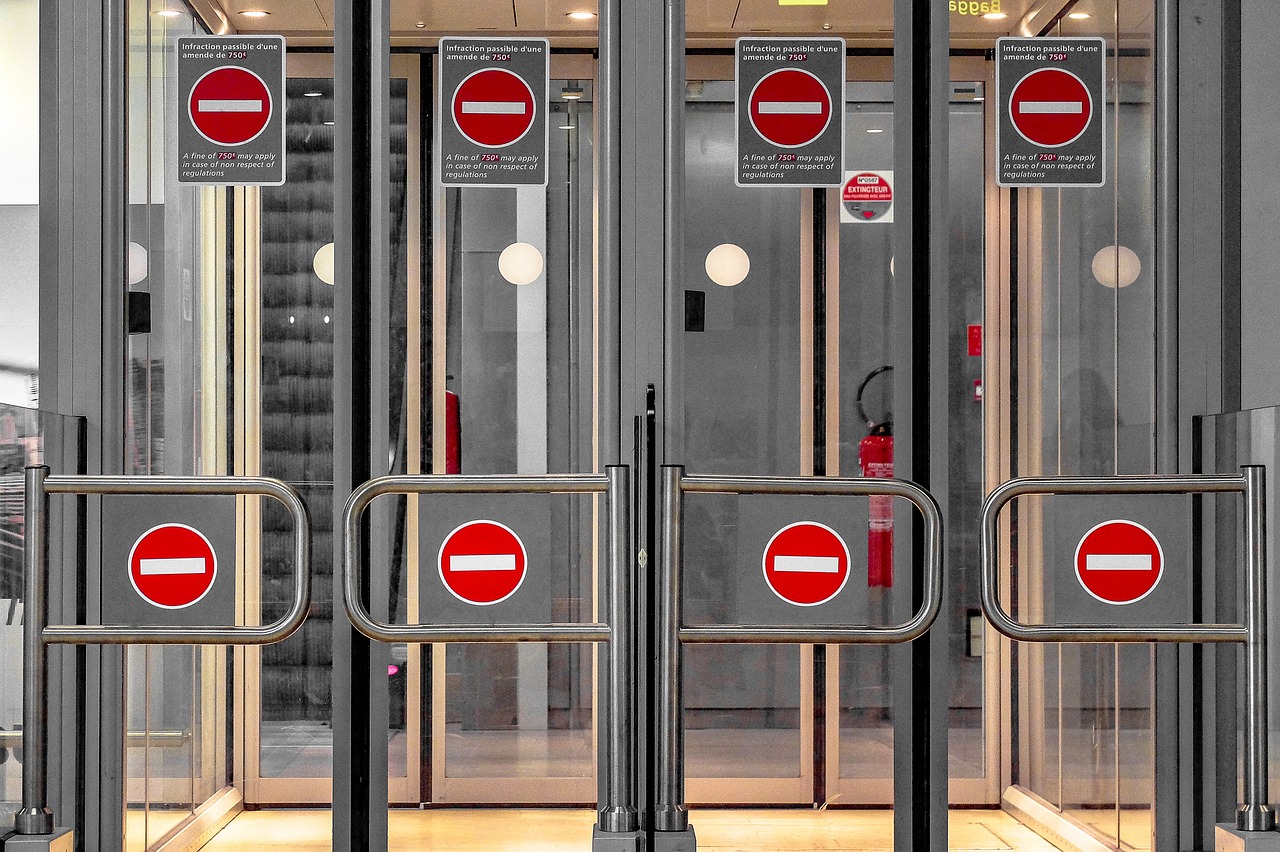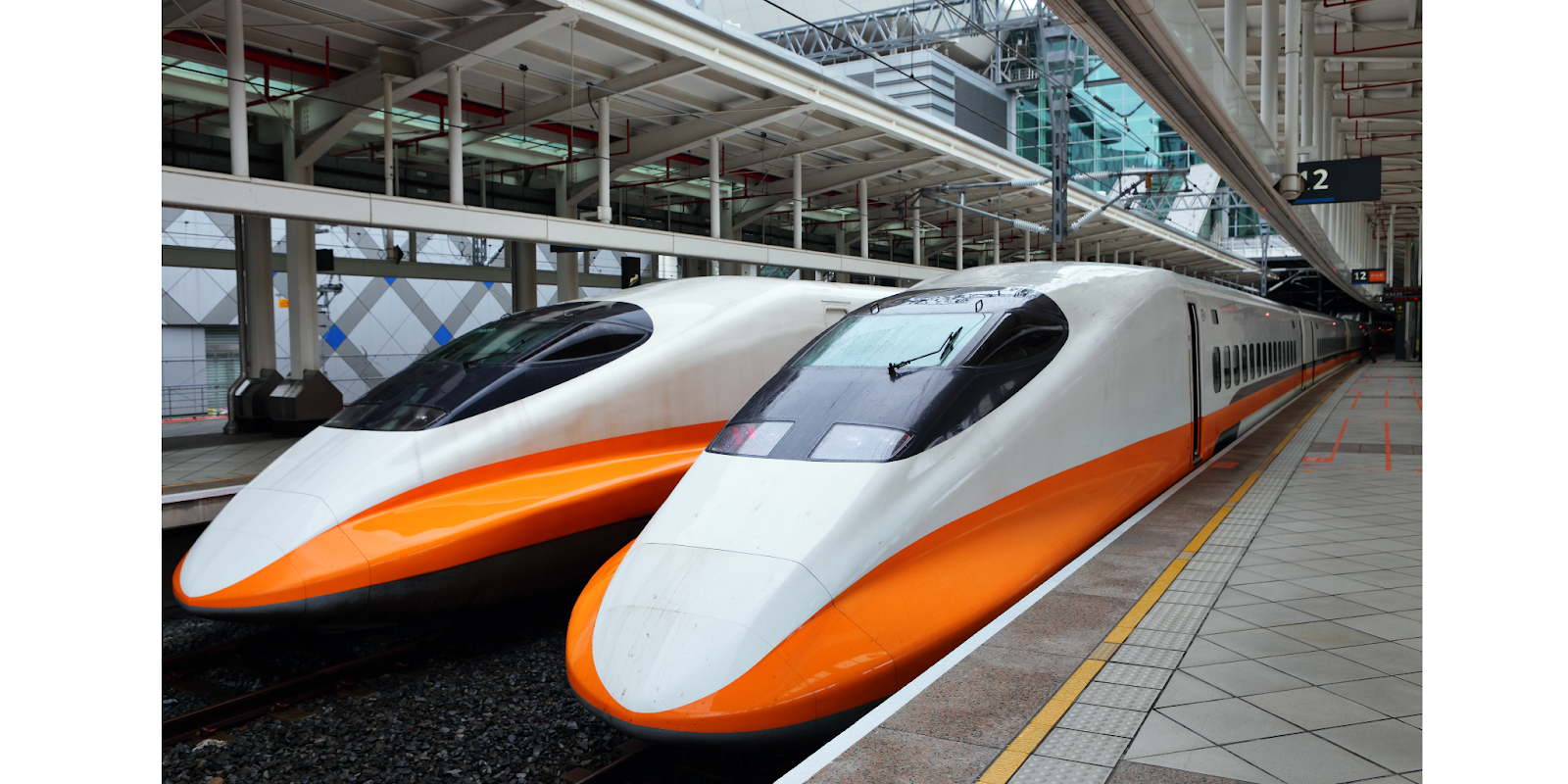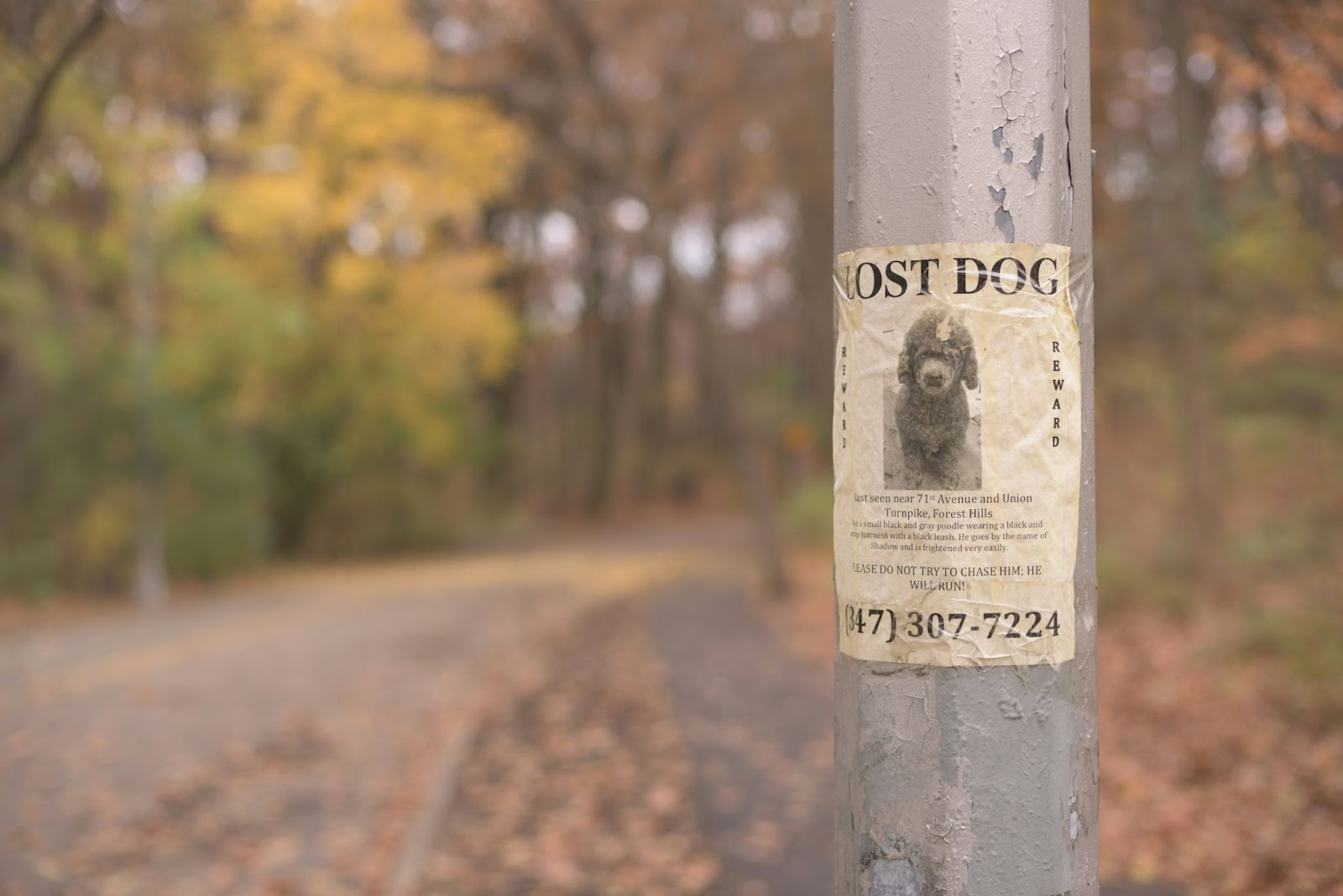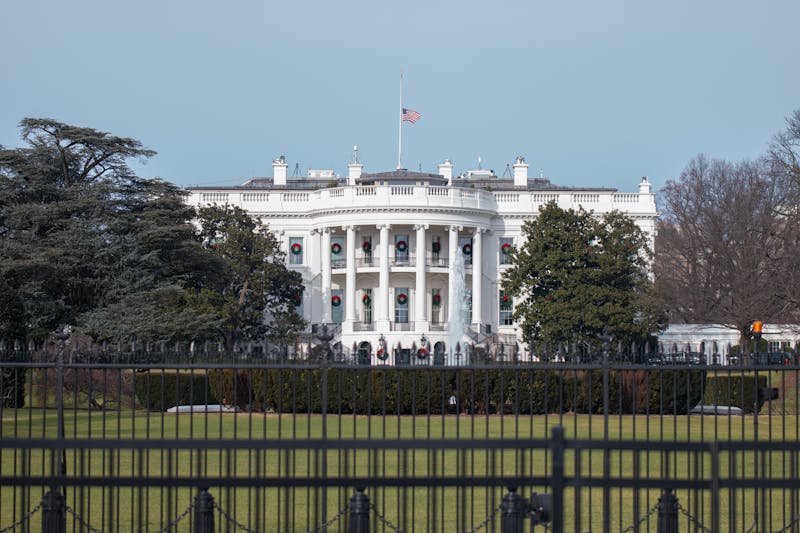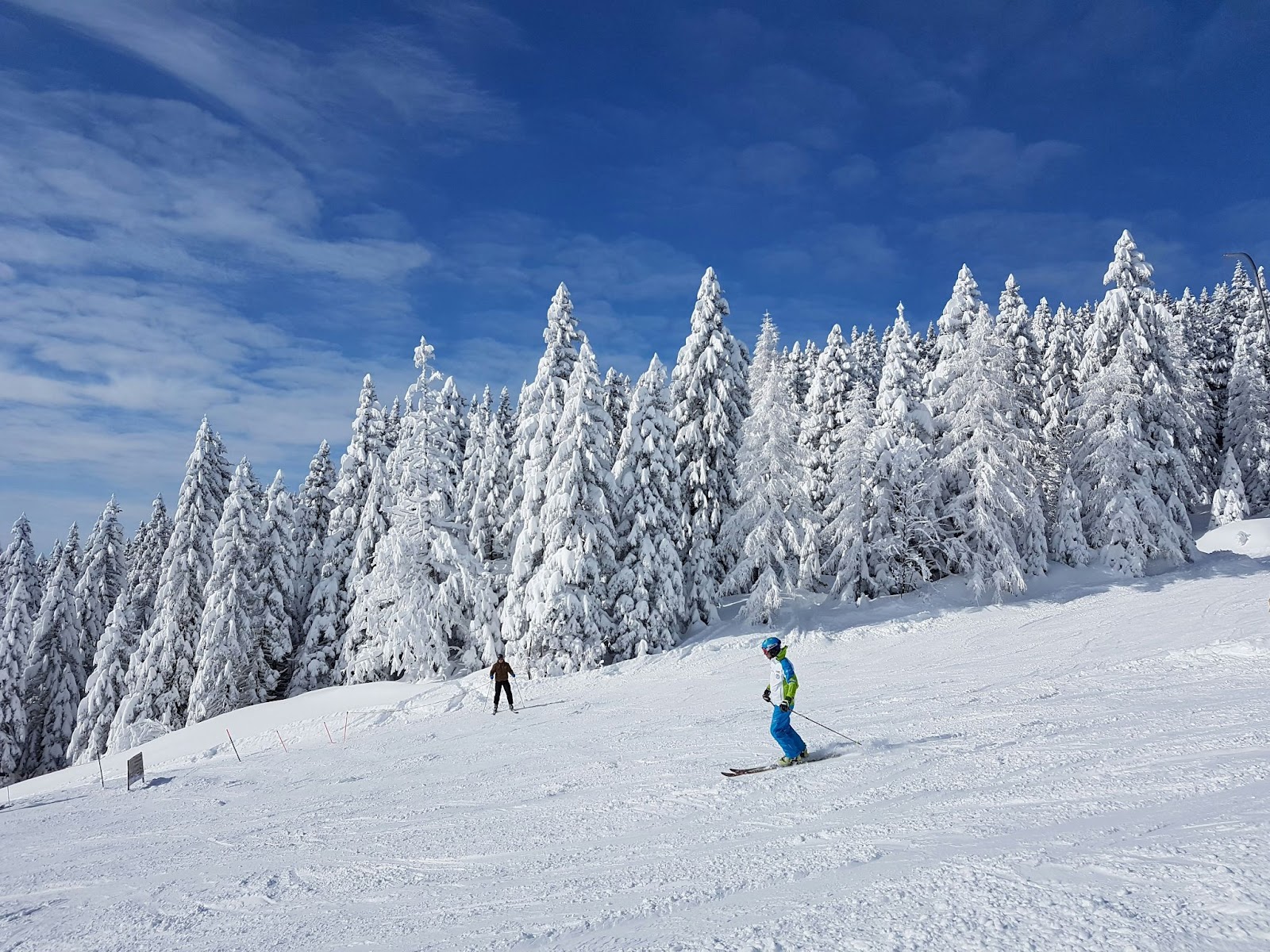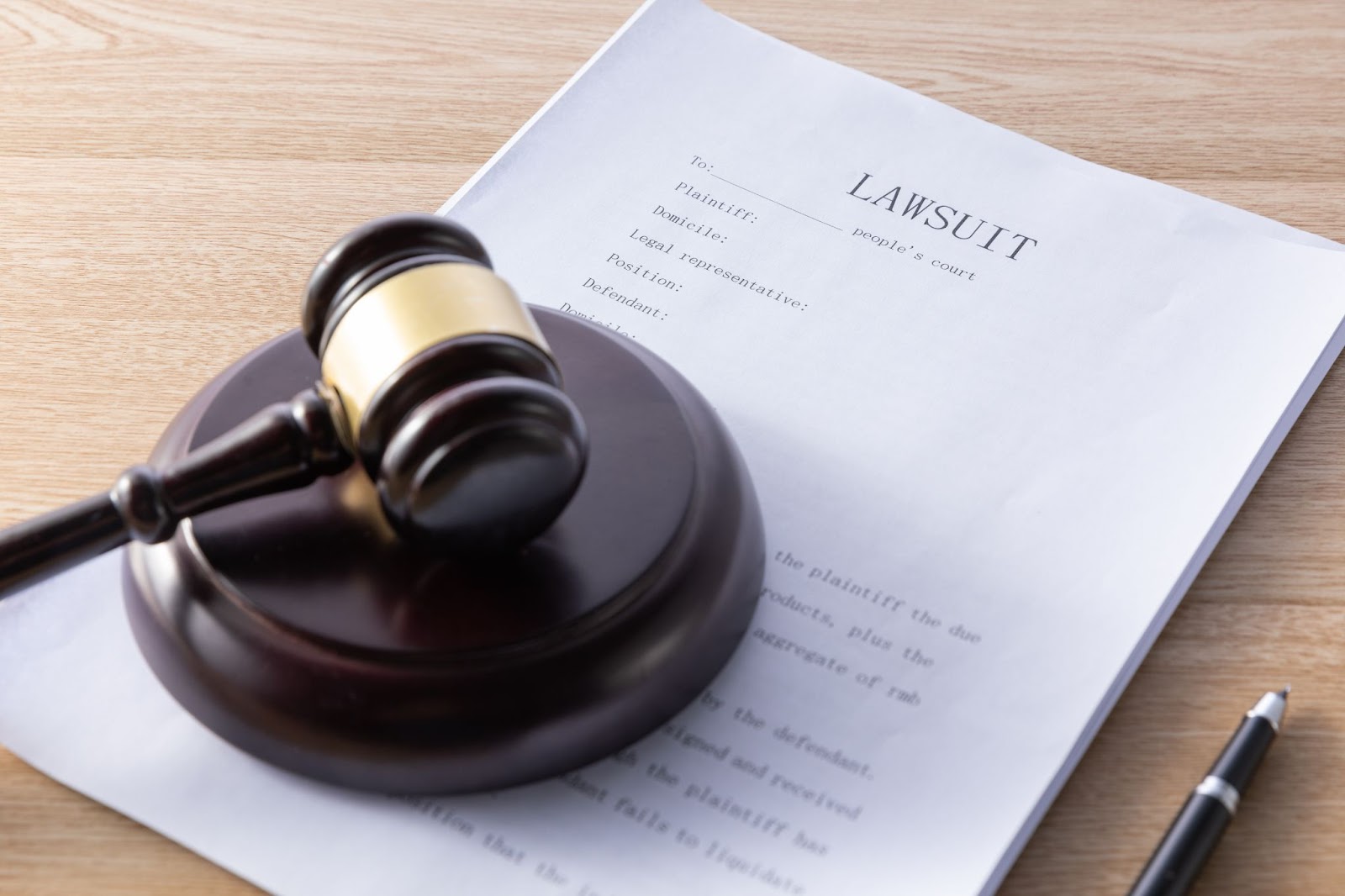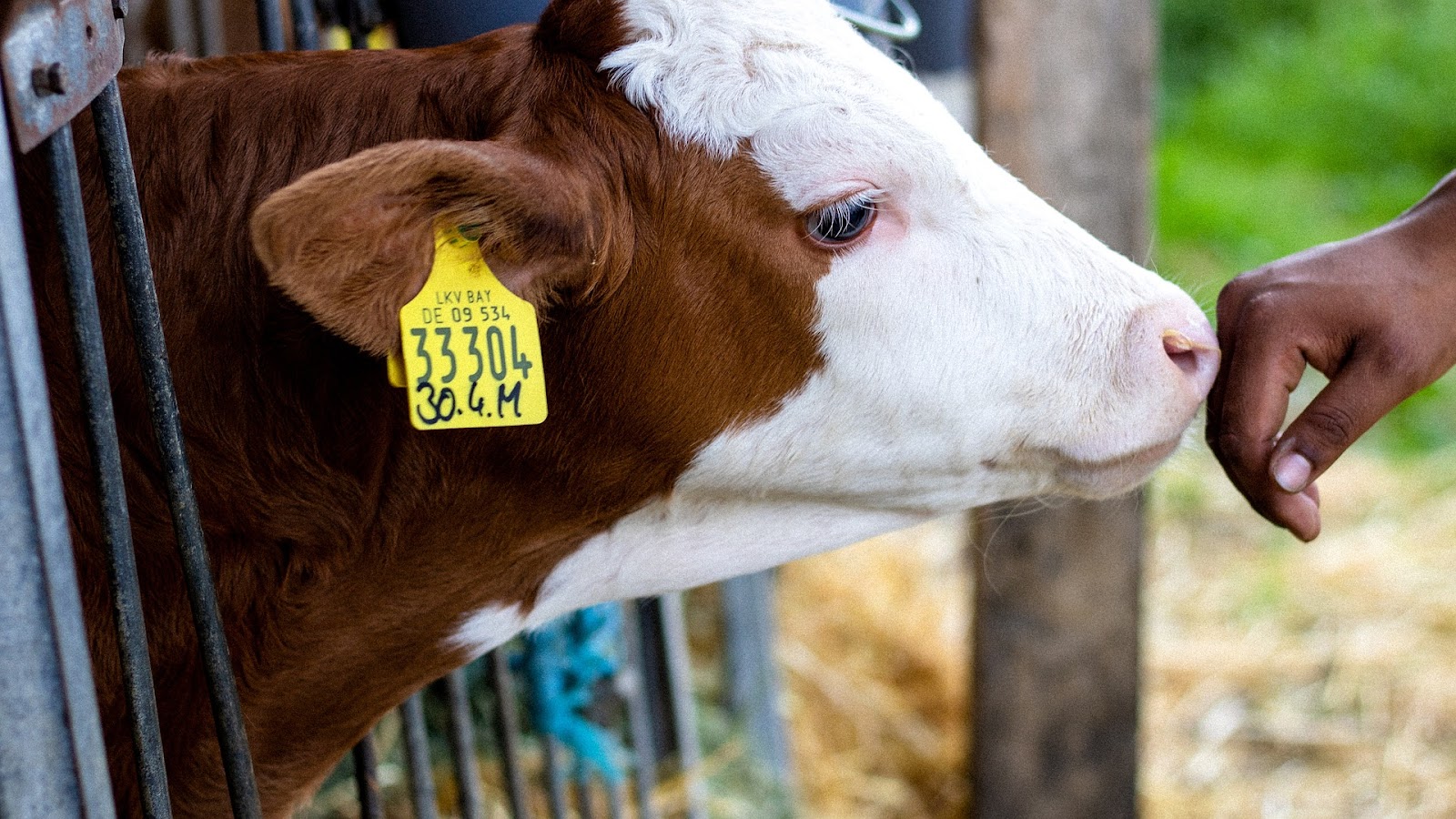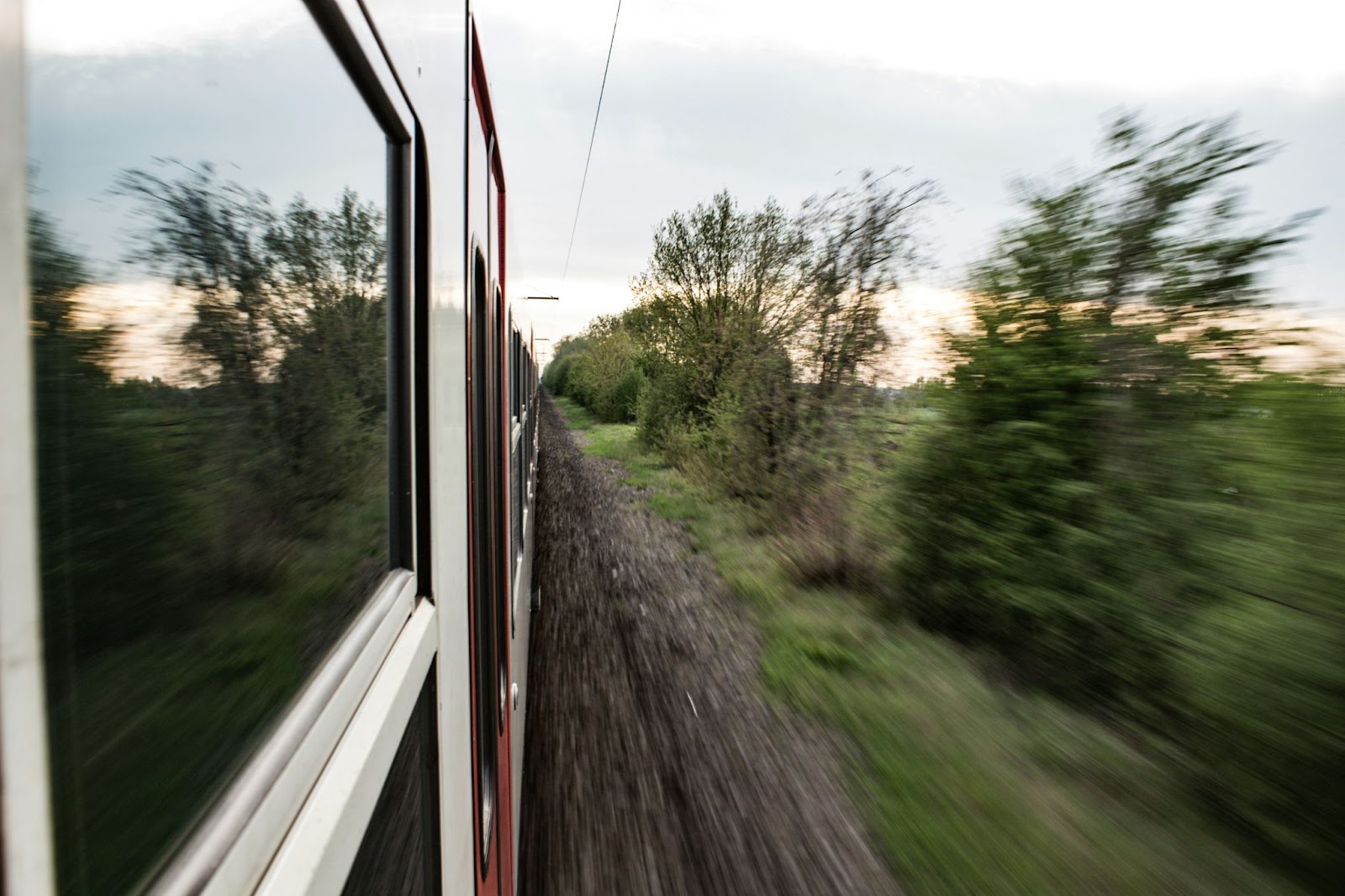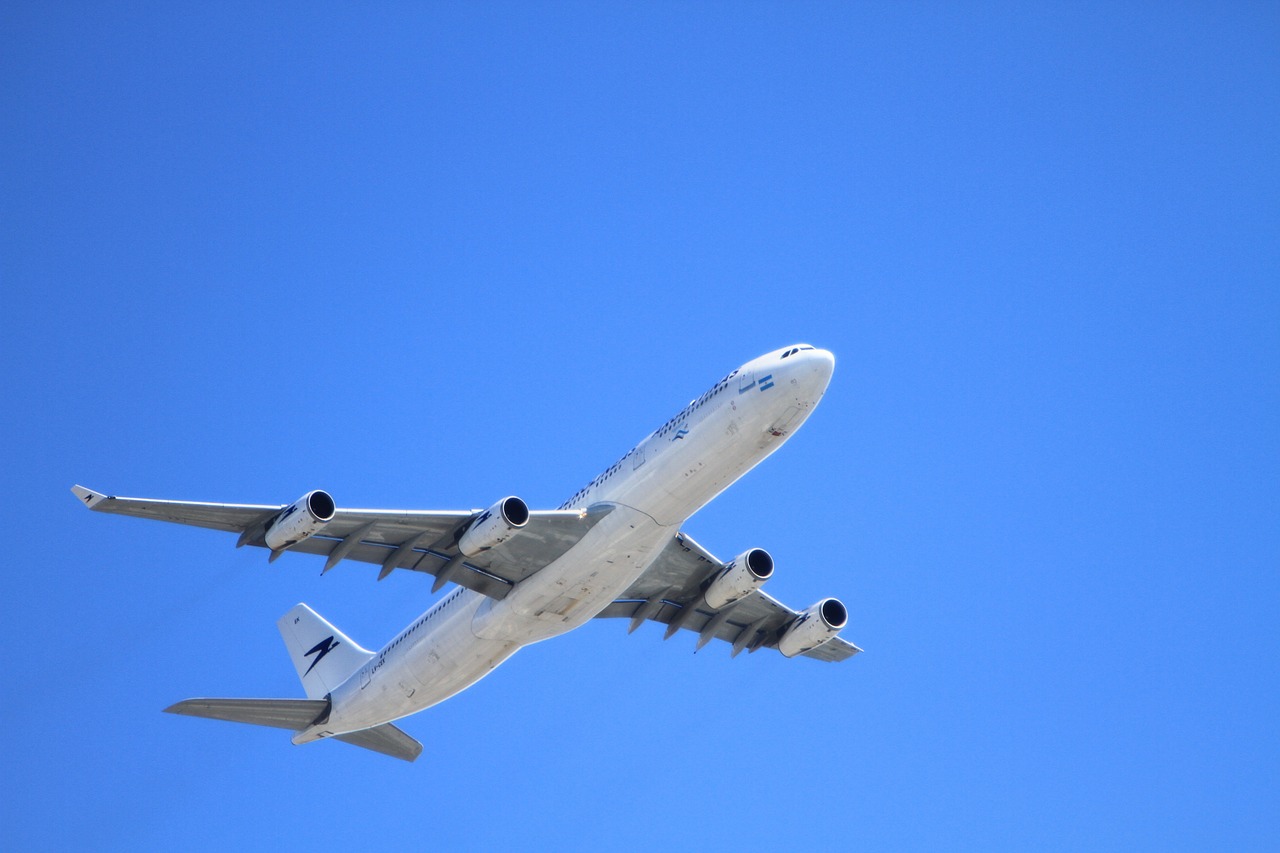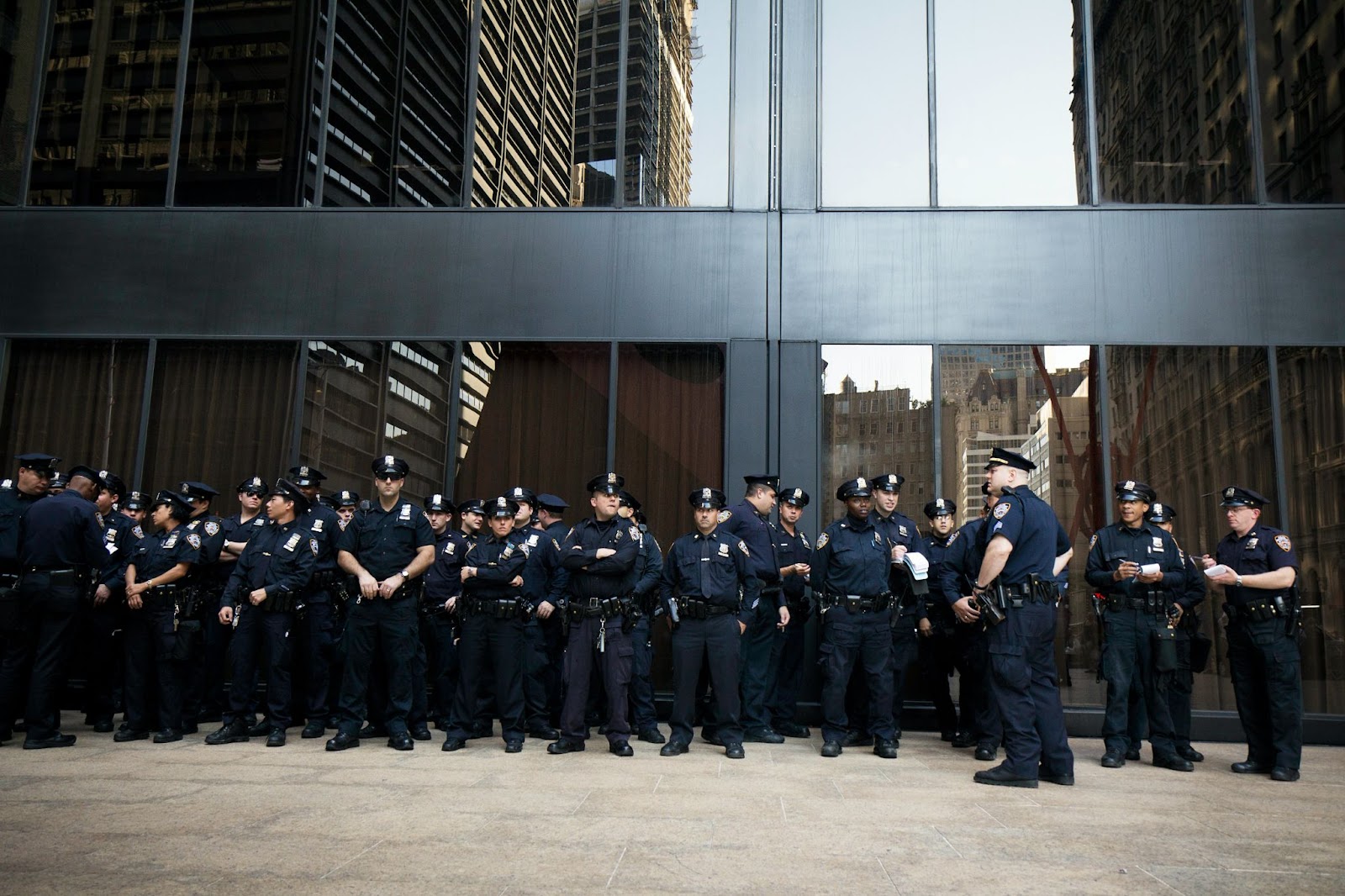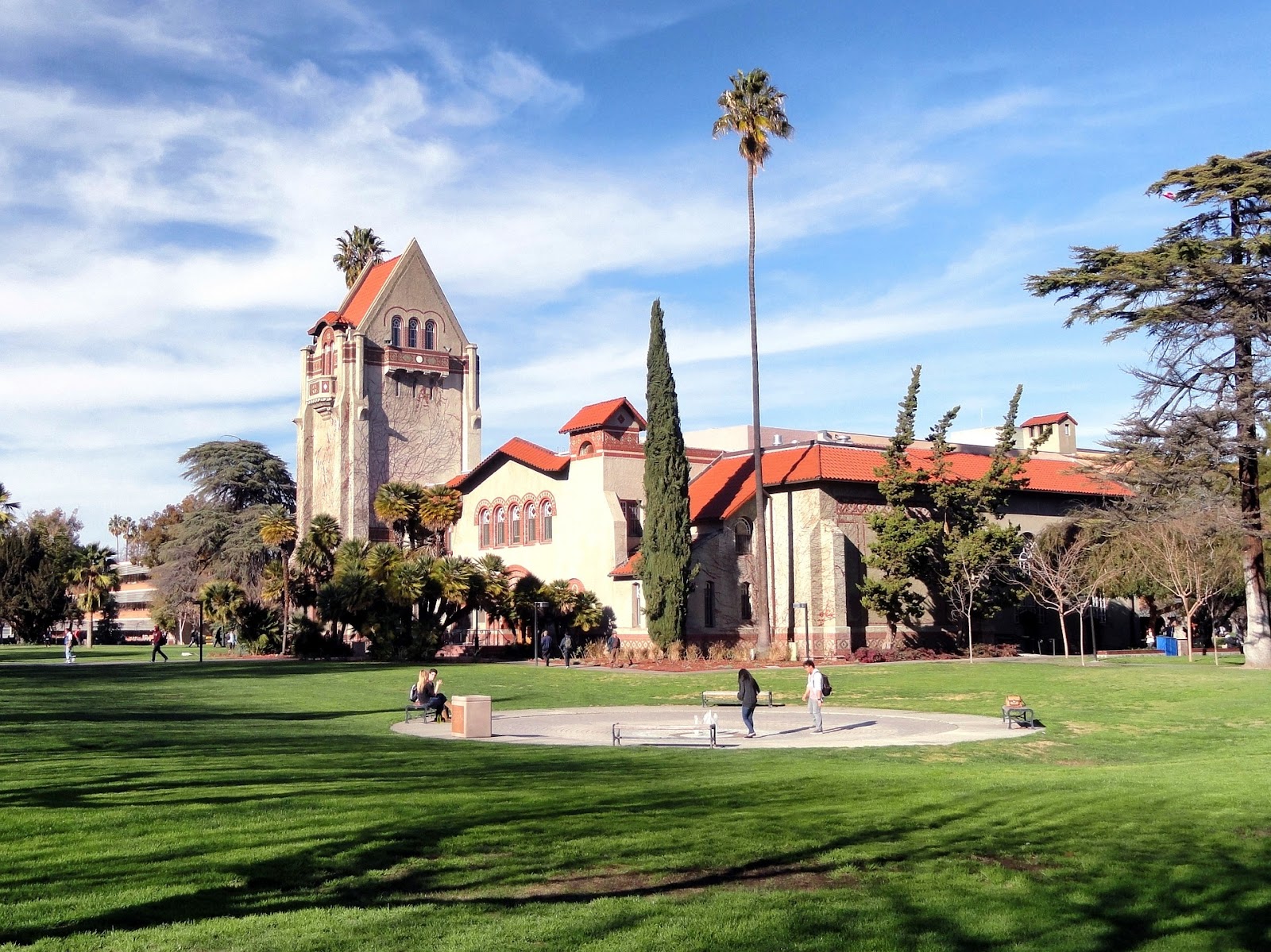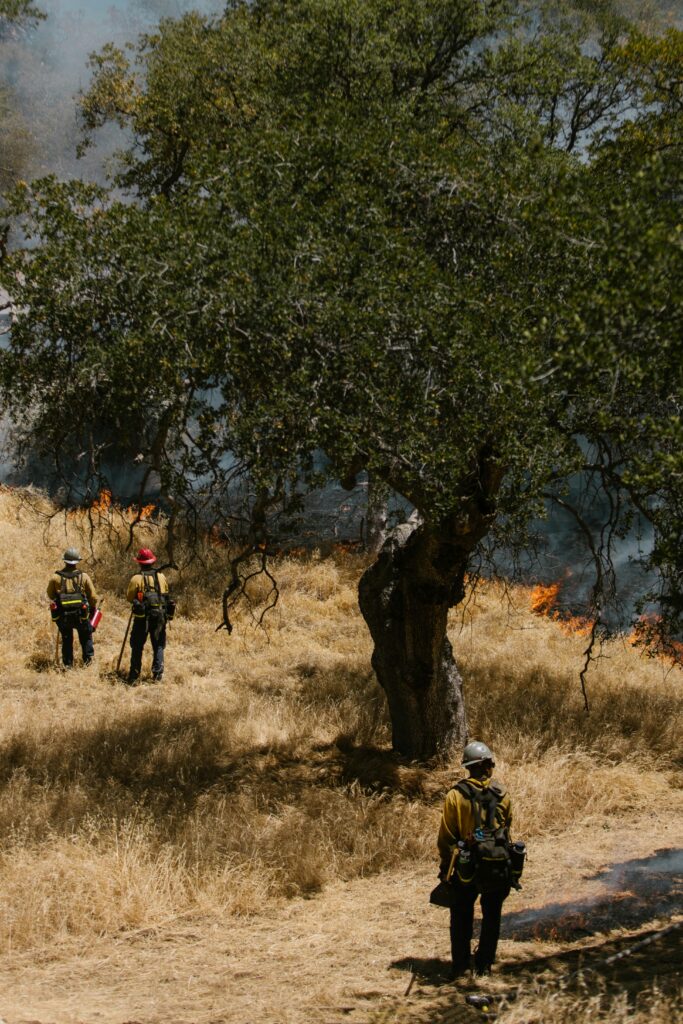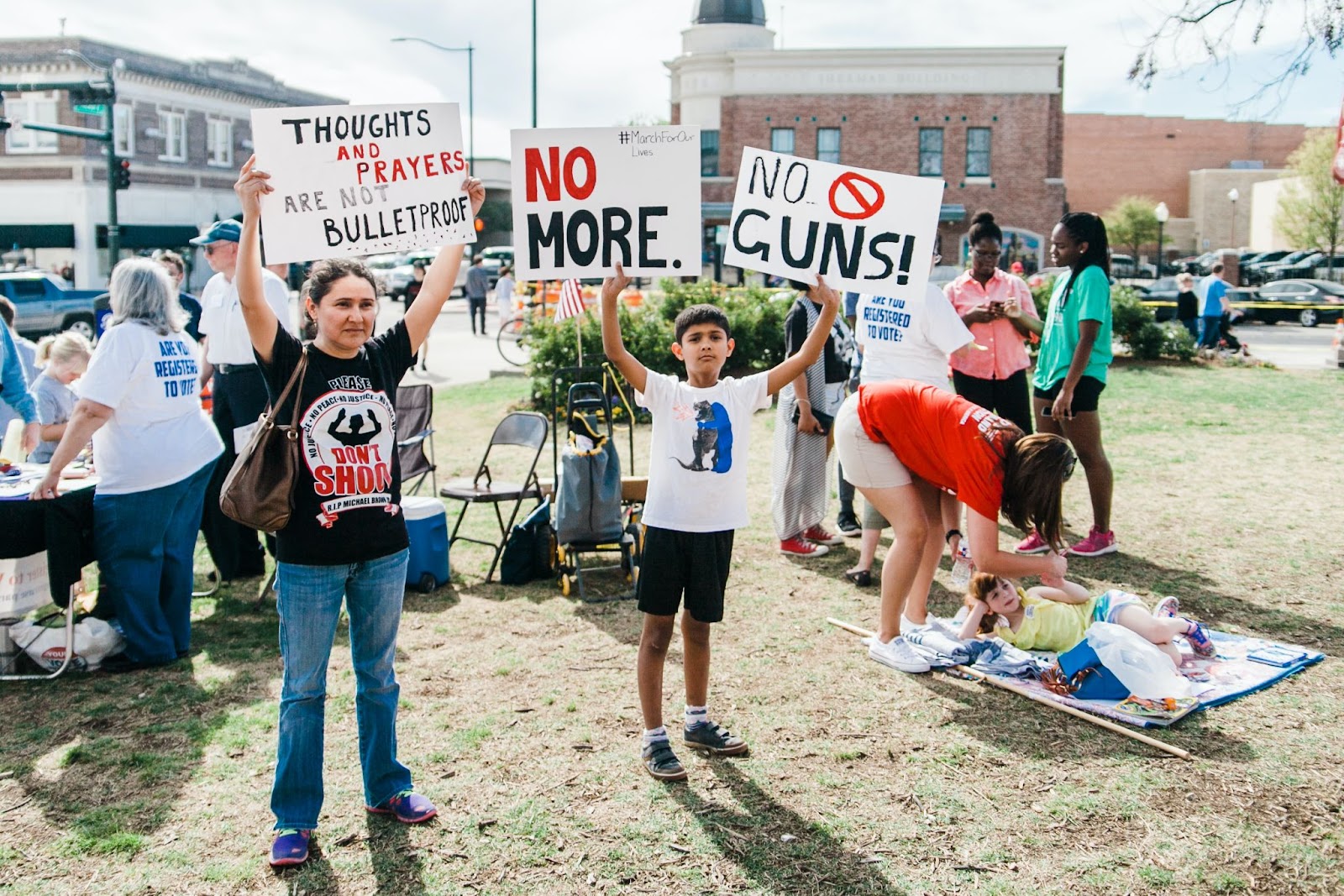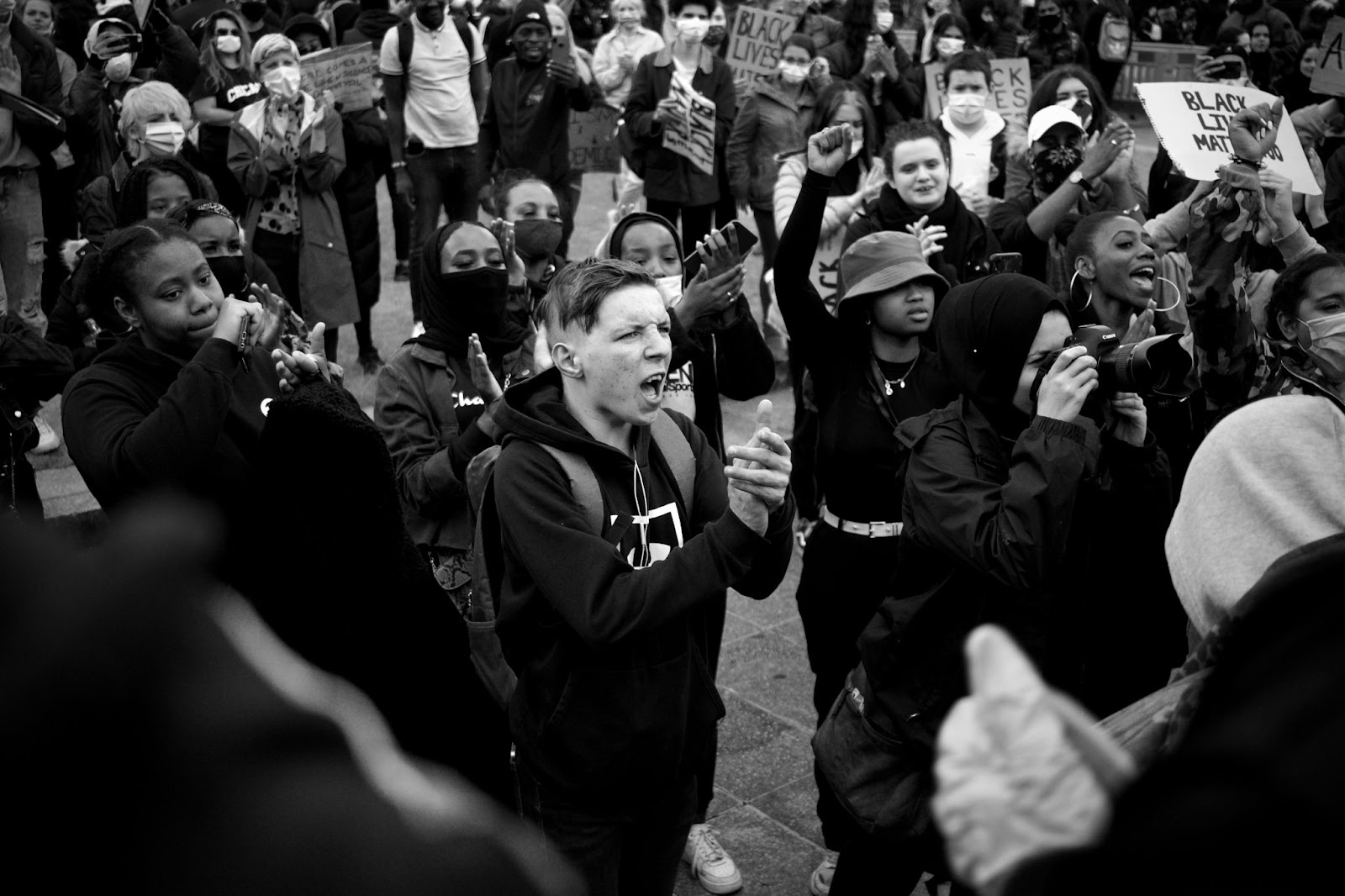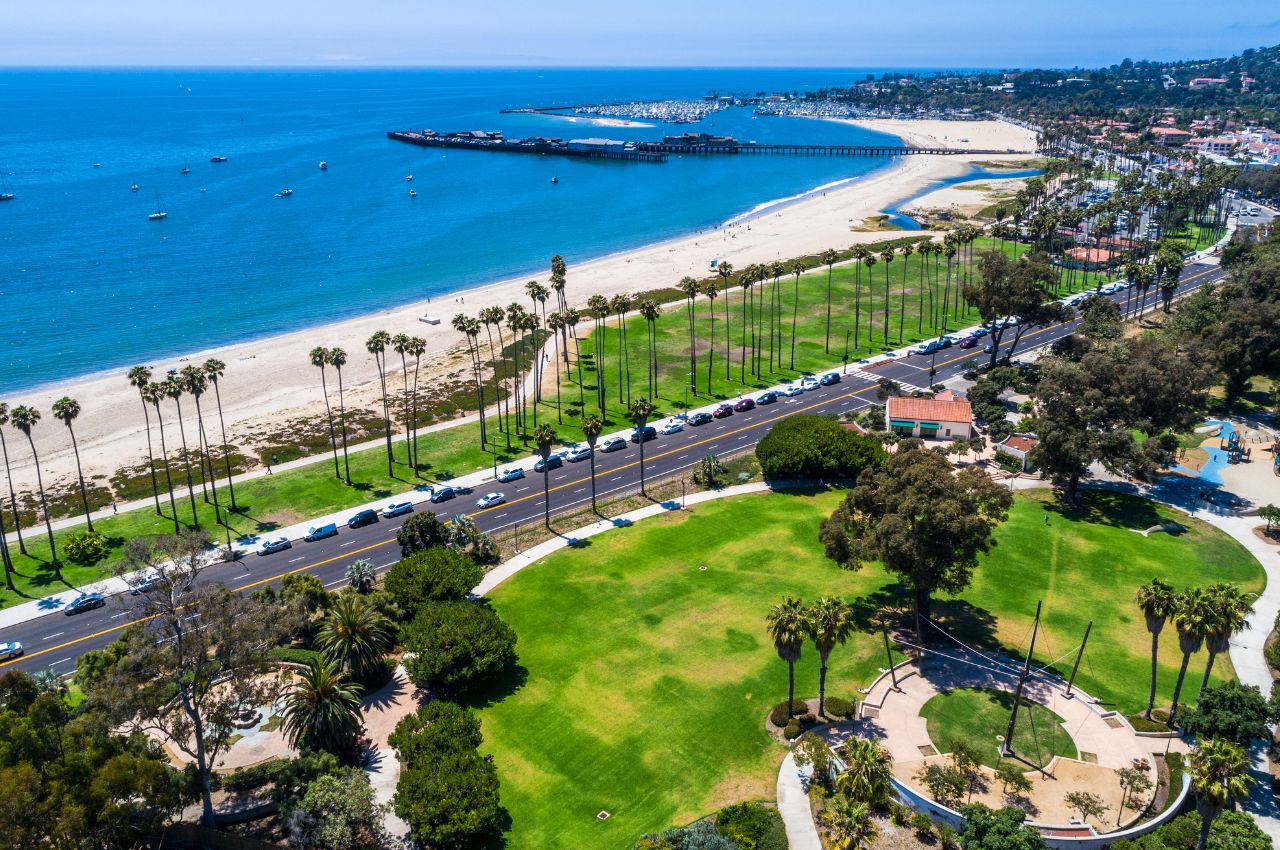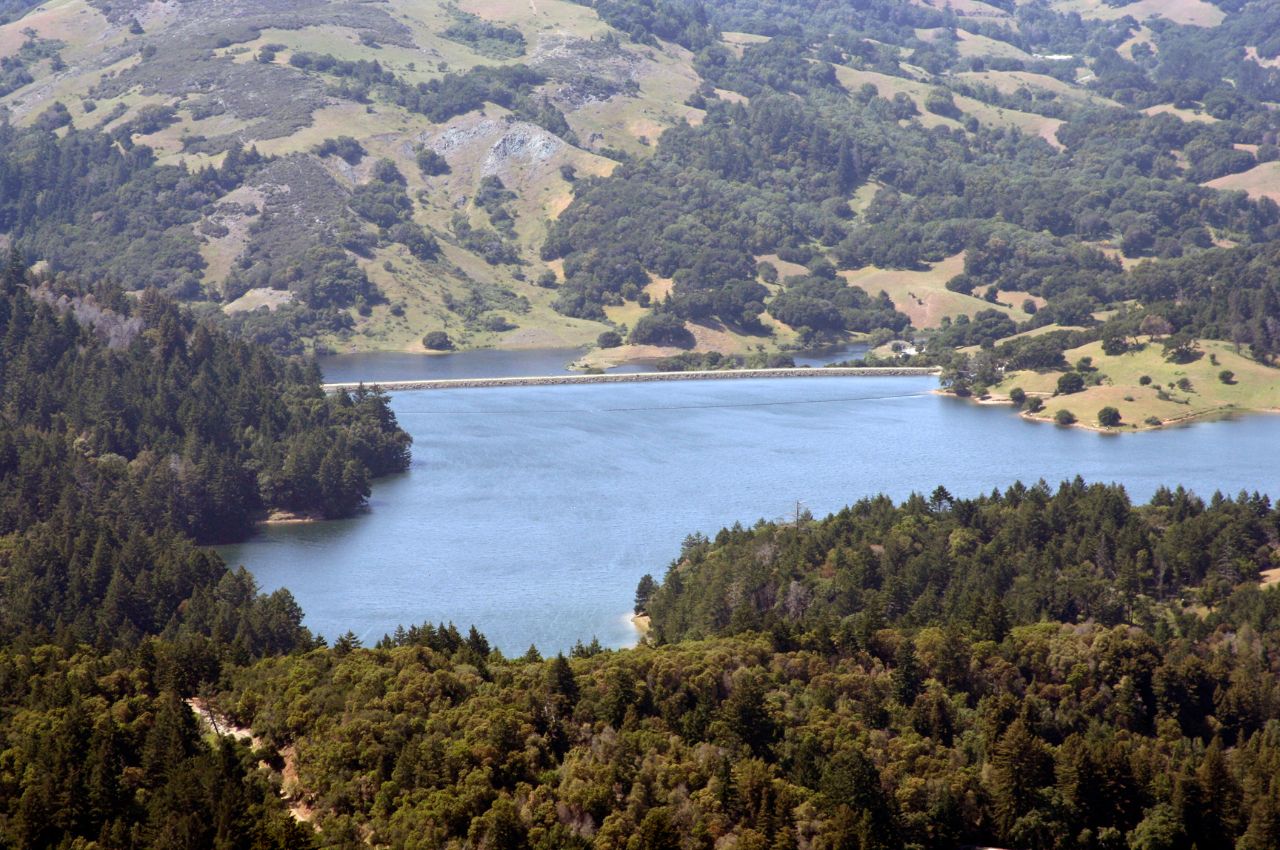The California High-Speed Rail Authority has taken a significant step forward in its funding efforts, applying for a substantial $450 million in federal grants. If approved, this funding will be instrumental in continuing the project’s construction in the state’s Central Valley area. The majority of the funds, $446 million, would be distributed from the Federal Railroad Administration Consolidated Rail Infrastructure and Safety Improvements (CRISI) program.
The rest of the $4 million would be set aside to expand workplace training programs for underserved students in the Central Valley through a partnership with Fresno State. In addition, the funding would also continue to support the Central Valley Training Center in Selma of Fresno Country, which has been instrumental in training 196 students pursuing careers the trades industry since 2020.
Releasing the Authority environmental documents for the Southern California segment between Palmdale and Burbank has been a significant milestone for The California High-Speed Rail Authority. The project is now closer to its final goal thanks to the mark of completion of the last document needed for the entire San Francisco to Los Angeles route.
Brian Kelly, the Authority’s CEO, has underscored the importance of the Merced extension in the project’s development. In a press release, he stated: “These federal funds would not only help construct the first part of the project’s Merced extension but also support jobs and small businesses. This expansion would enhance economic development and improve mobility, marking a significant progress in the project.”
The funds would specifically help pay for the construction of 8 miles of the extension from Madera to Merced, California, implement utility relocation, and advance other project elements to connect to the 119-mile Central Valley segment that has already been under construction. This extension is part of the Authority’s work to extend the 119 miles currently under construction to 171 miles, to run from Merced to Bakersfield.
The environmental document for the approximate Palmdale-Burbank segment will be presented to the Authority’s board of directors for consideration at a meeting that will take place between June 26 and 27. The segment will include 30 miles of tunneling, including 28 miles through the mountains between San Fernando and the Antelope valleys. The final document consists of the analysis of six potential routes, as well as the no-build alternative. The preferred alternative is an approximately 38-mile route following State Route 14. It would be underground through the community of Acton and much of the Angeles National Forest and San Gabriel Mountains National Monument. The full document is located here.
Brian Kelly said in a separate press release, “This is a huge milestone for the project, and it represents the culmination of years of analysis and stakeholder engagement to connect high-speed rail between two of the state’s major metropolitan centers, San Francisco and Los Angeles. With board approval, the project will have environmental clearance for 463 miles of the Phase 1 system between downtown San Francisco and downtown Los Angeles.”
California has been working on the initiative that will eventually link San Francisco and Los Angeles since 2008. However, the state is still in Phase 1 of its project and is currently focused on work in the Central Valley area.
When California voters passed the major transport initiative 16 years ago, they believed it would cost $32 billion and be in place by 2020. However, the project has faced multiple challenges, and the Initial Operating Segment between Merced and Bakersfield is now set to be operational between 2030 and 2033. The most recent project update report estimates it will cost $30 billion.




























